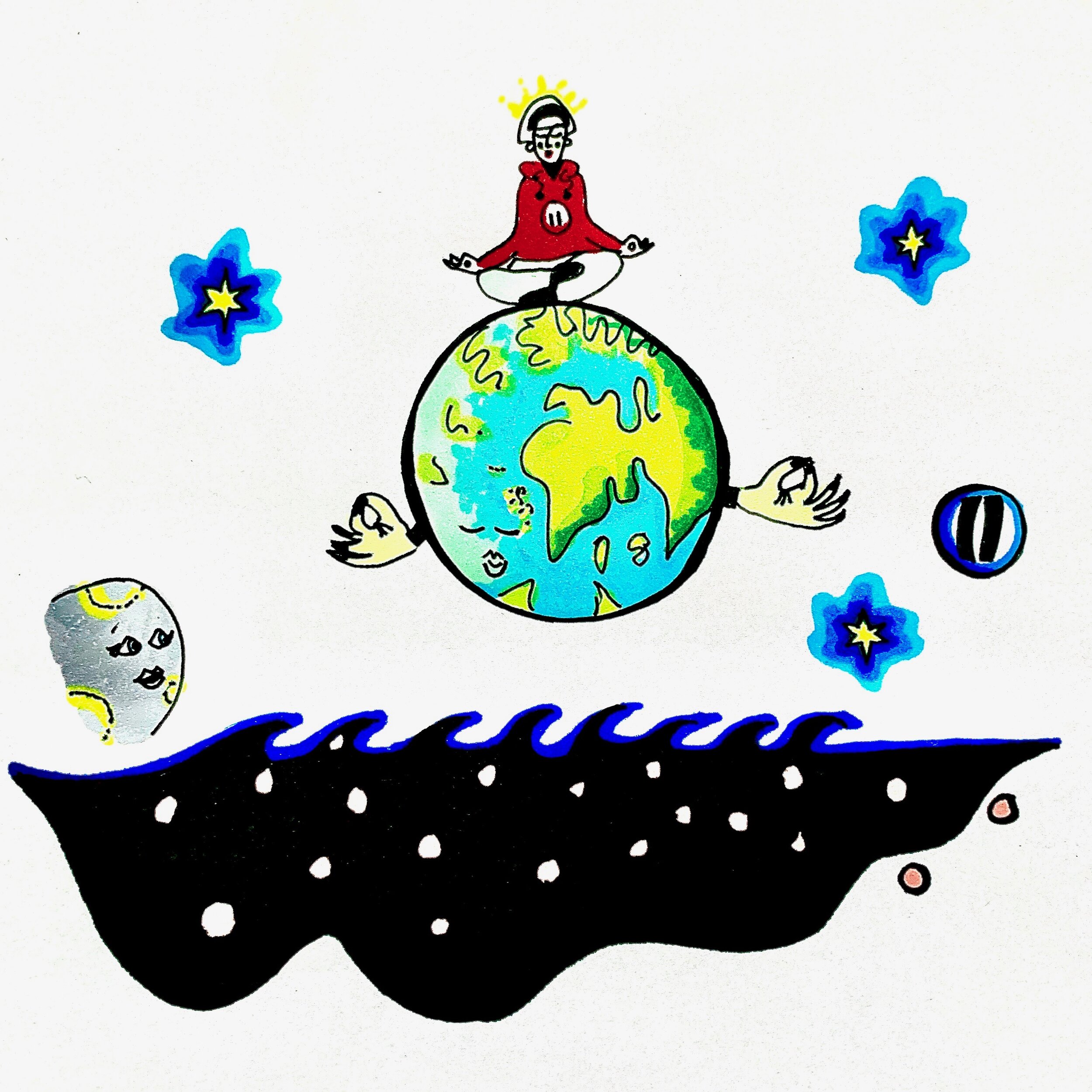
the stress melt
meditation does not require yoga pants
The Croft // 'The Stress Melt' series: our online columnist discusses the benefits of meditation for our mental health and wellbeing and offers her advice for newbies on getting started with the age-old practice.
Ever wish you could just press ‘pause’? Point a remote at the planet with a big red button - but not press the big red button, just the little, unassuming button, slightly to the left - and pause the planet mid-orbit?
Astrid Lucia Spruzen
Everybody gets stressed; ironically, even the author of this stress management column. I slacked over the weekend. I didn’t finish all of my reading. I even left this article to the last minute. I got stressed.
This is perhaps the perfect time to introduce a ‘quick fix’ solution for those instances where everything gets too much and you wish that the world would stop for a minute to allow you to catch up.
Astrid Lucia Spruzen
Meditation is an age-old practice that involves control of the breath, connection to the body and consciousness of the present. The award-winning meditation app, Headspace, claims that meditation is ‘both a practice rooted in ancient history and a topic of modern science’. A recent study by Headspace found that after only ten days of meditation using the app, stress was reduced by 14%. The user’s irritability was also reduced by 27%.
Many scientific investigations in recent years have unearthed more health benefits of meditation, such as improved self-esteem and awareness, a lengthened attention span, improved mood, and reduction in anxiety and depression. It can even help you to orgasm! And it’s really not that difficult.
Although the word ‘meditation’ might conjure up the image of an incense-filled room; with legging-clad hipsters, brandishing yoga mats and competing for the loudest ‘hummmmm’, meditation is actually something that anyone can do, anywhere. And you don’t have to say ‘humm’ or be able to cross your legs.
Astrid Lucia Spruzen
There are countless guided meditations available on YouTube or apps like Headspace and Calm, but if you would prefer to conduct your own meditation, there are a few simple steps:
The first step of meditating is to find a comfortable position where you won’t be distracted. You can be lying, sitting, kneeling; on a chair, on the floor, in your bed; whatever works for you. I would recommend closing your eyes.
Step two is to choose a length of time you would like to meditate for - I would suggest anything from five minutes to an hour. You might like to listen to some calming music that plays for the duration of your desired meditation time; signalling when you are finished.
Begin to notice your body. Feel your feet or back on the ground; notice any aches or pains; become in touch with the sensations occurring deep inside your organs and muscles.
Feel your breath. Perhaps place your hands on your stomach and concentrate on the swelling of the diaphragm as you breathe in, and the contraction of the ribs and muscles as the breath goes out. Maybe you can count your breath in threes: three counts as you breathe in, three counts as you hold it, and three as you breathe out.
Be aware of your mind wandering. If you begin to think about something other than the present moment, acknowledge it, then let it go and return to your breath. The brain is built to wander, so don’t be annoyed if it’s difficult to remain in the present.
Bring your meditation to a close. Wiggle your fingers, toes; maybe roll your head back and forth. Open your eyes. Notice your emotions now.
Astrid Lucia Spruzen



